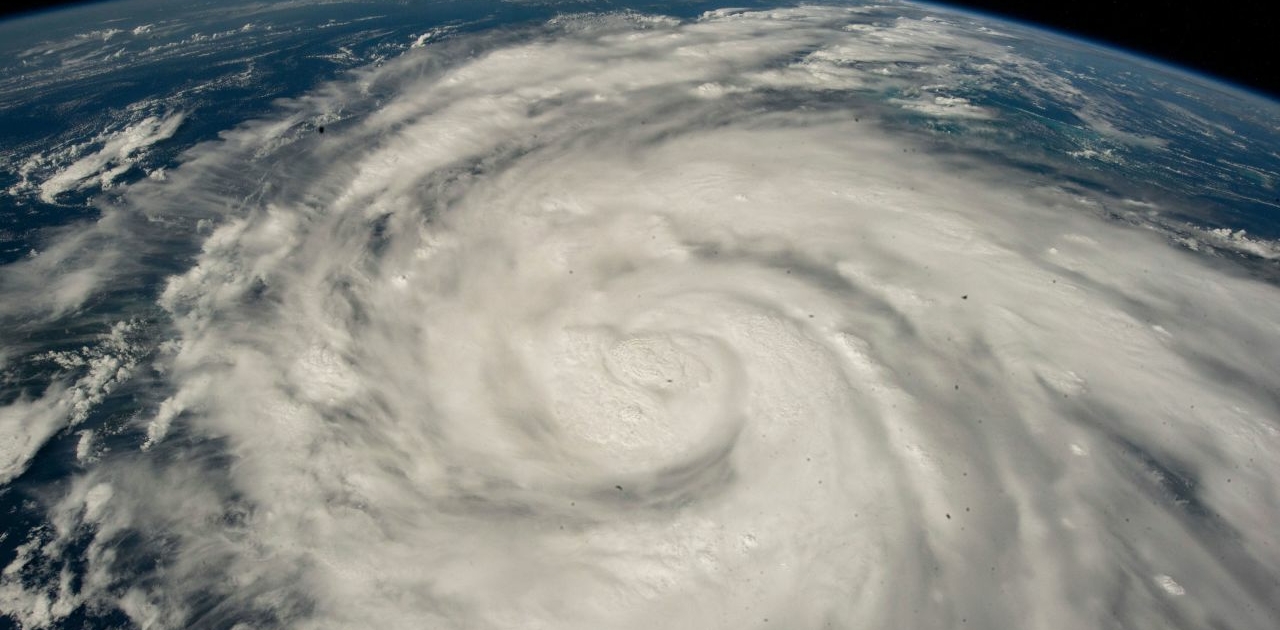Home > Geotopics > Tropical Cyclone Preparation
Tropical Cyclone Preparation
Introduction
Tropical cyclones pose significant threats to life and property. Effective preparation and response strategies are crucial for minimizing their impacts. This page explores how countries can prepare for and respond to tropical cyclones, focusing on weather forecasting, satellite technology, warning and evacuation strategies, storm-surge defences, and providing essential aid.
Weather Forecasting
- Modern Forecasting Techniques:
- Advanced weather forecasting methods are essential for predicting the path and intensity of tropical cyclones. Meteorologists use computer models that simulate the atmosphere and oceans to predict cyclone behaviour.
- Importance of Accurate Forecasts:
- Accurate forecasts provide crucial information that helps governments and communities prepare for the arrival of a tropical cyclone. They can predict landfall locations, wind speeds, rainfall amounts, and potential storm surges.
Satellite Technology
- Role of Satellites:
- Satellites are vital for monitoring tropical cyclones. They provide real-time data on cyclone formation, movement, and intensity.
- Geostationary satellites, which remain fixed over one point on the Earth’s surface, and polar-orbiting satellites, which cover the entire Earth, offer comprehensive coverage.
- Satellite Data:
- Satellites capture images and data on cloud patterns, sea surface temperatures, and atmospheric conditions. This information is used to track cyclones and forecast their development.
- Infrared sensors measure cloud top temperatures, helping to determine the storm’s intensity.
Warning and Evacuation Strategies
- Early Warning Systems:
- Effective early warning systems are critical for alerting communities about impending tropical cyclones. These systems include weather alerts via radio, television, mobile phones, and social media.
- National meteorological agencies issue warnings and updates, giving people time to prepare and evacuate if necessary.
- Evacuation Plans:
- Evacuation plans should be in place for areas at high risk of tropical cyclones. These plans involve identifying safe evacuation routes, shelters, and transportation methods.
- Communities must be educated on evacuation procedures and promptly follow official instructions.
- Community Preparedness:
- Public awareness campaigns can educate residents about the risks of tropical cyclones and the actions they should take to stay safe. Drills and simulations help ensure people know how to respond during an emergency.
Storm-Surge Defences
- Physical Defences:
- Building storm-surge barriers and sea walls can protect coastal areas from flooding caused by storm surges. These structures are designed to absorb and deflect the energy of incoming waves.
- Coastal embankments and levees can prevent seawater from inundating low-lying areas.
- Natural Defences:
- Preserving natural coastal features like mangroves, coral reefs, and sand dunes can provide a buffer against storm surges. These natural barriers reduce the impact of waves and help protect inland areas.
- Urban Planning:
- Implementing strict building codes in cyclone-prone areas ensures structures are more resilient to high winds and flooding. Buildings should be elevated and constructed with materials that can withstand extreme weather conditions.
- Zoning laws can prevent construction in the most vulnerable areas, such as low-lying coastal zones.
Response Strategies
- Emergency Response Teams:
- Rapid deployment of emergency response teams is essential after a tropical cyclone strikes. These teams provide medical aid, rescue services, and support for displaced individuals.
- Coordination between local, national, and international agencies ensures that resources and assistance are delivered efficiently.
- Providing Essential Aid:
- Water: Access to clean drinking water is crucial after a tropical cyclone. To prevent waterborne diseases, efforts must be made to distribute bottled water and purify local water supplies.
- Medical Care: Medical teams must be deployed to treat injuries and prevent outbreaks of diseases. Mobile clinics and temporary medical facilities can be set up to provide necessary care.
- Shelter: It is critical to provide temporary shelters for those who have lost their homes. These shelters should have basic amenities to support displaced populations until permanent housing can be arranged.
- Post-Disaster Recovery:
- Long-term recovery plans are necessary to rebuild affected areas and restore normalcy. This includes rebuilding infrastructure, restoring services, and providing financial assistance to affected communities.
- Psychological support and counselling services help individuals cope with the trauma and stress caused by the disaster.
Conclusion
Preparing for and responding to tropical cyclones involves a combination of advanced technology, strategic planning, and community involvement. Weather forecasting and satellite technology provide critical information for tracking and predicting cyclones. Effective warning and evacuation strategies, combined with robust storm-surge defences, can significantly reduce the impact of these powerful storms. Coordinated response efforts, including providing essential aid such as water, medical care, and shelter, to ensure that affected communities receive the support they need to recover and rebuild. By implementing these measures, countries can enhance their resilience to tropical cyclones and protect lives and property.
Related Topics
Use the images below to explore related GeoTopics.


